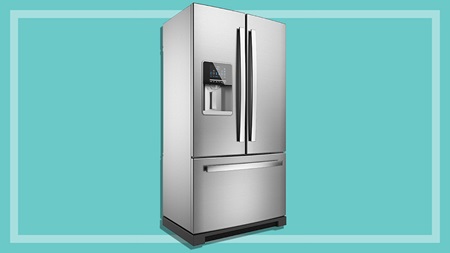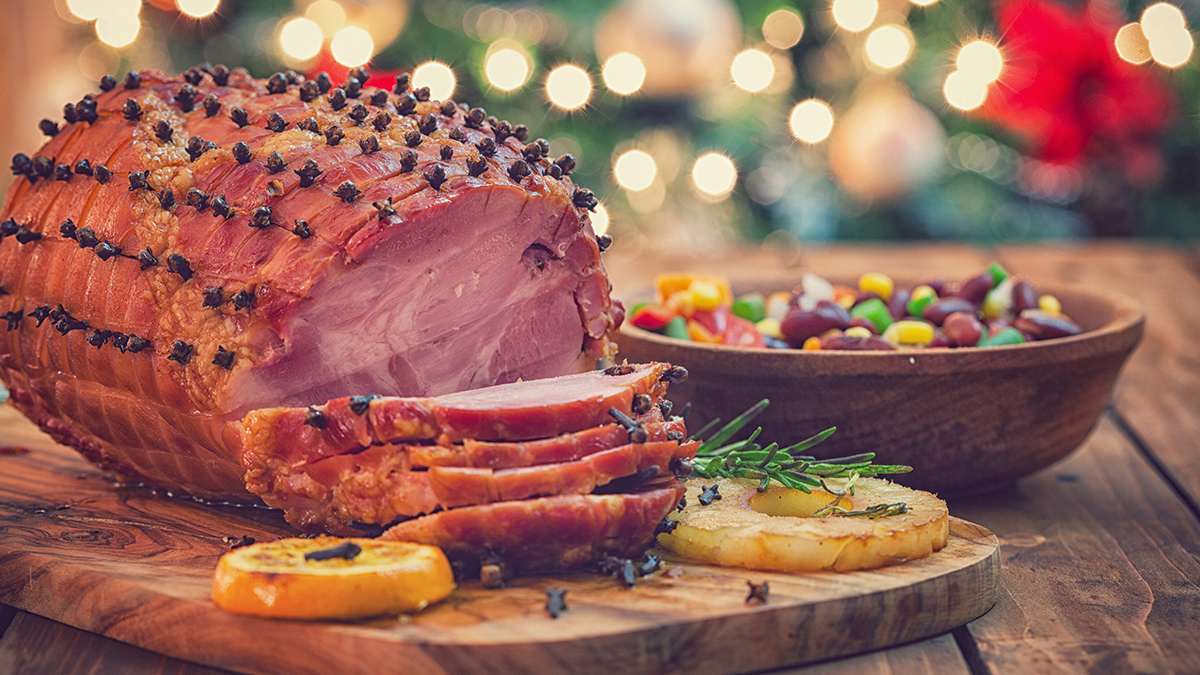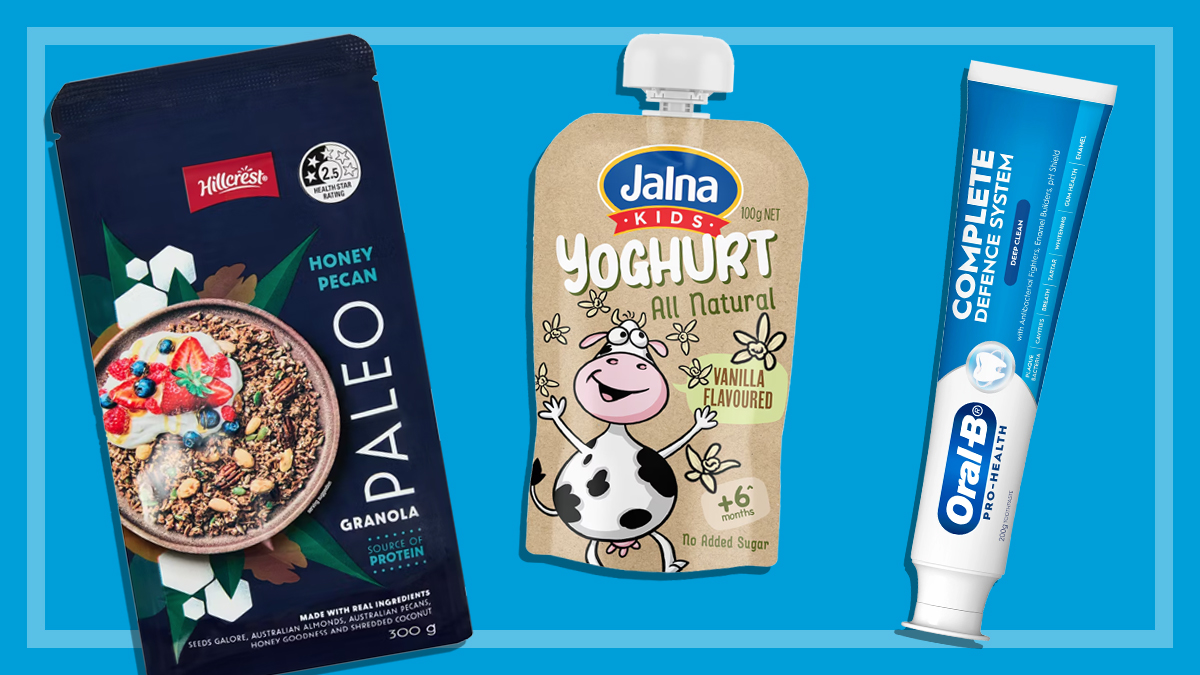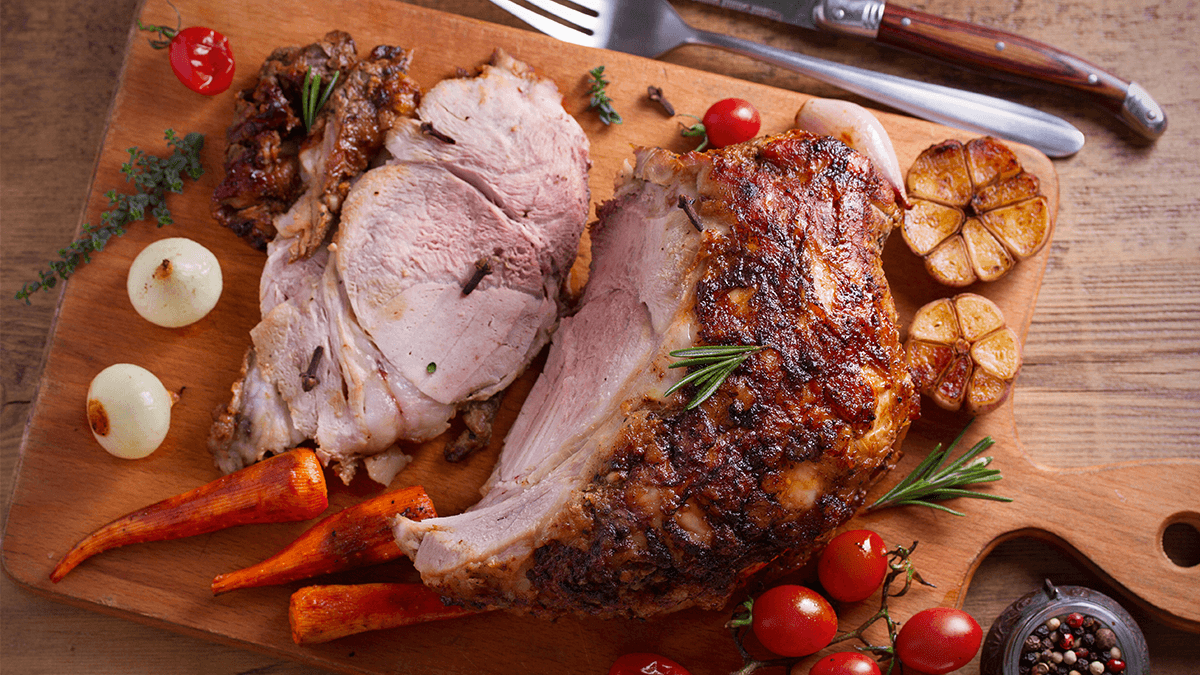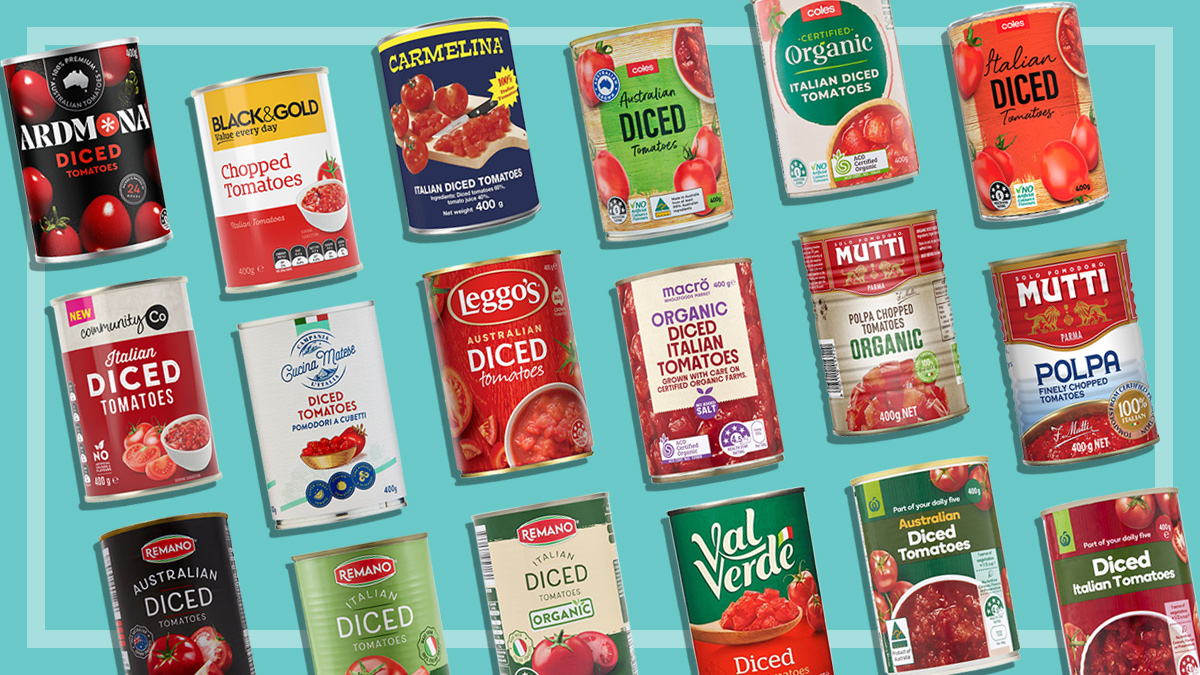Get our independent lab tests, expert reviews and honest advice.
How to make your food last longer
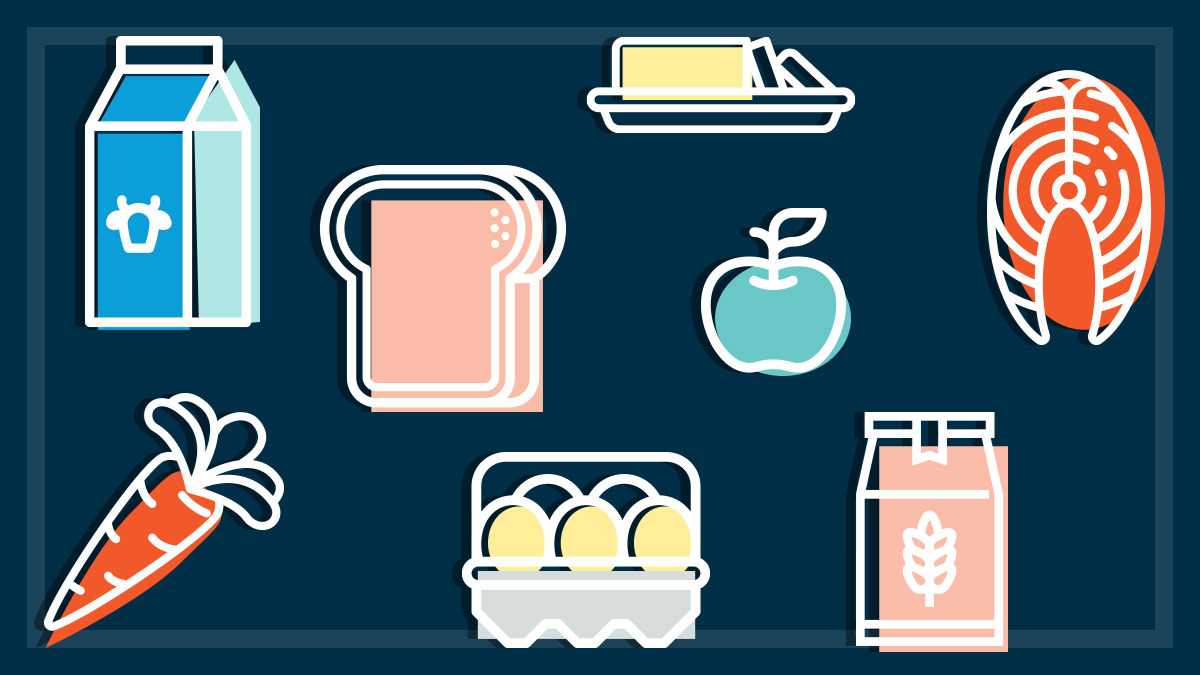
Many of us have more in our fridges and cupboards right now than we usually would. Here are a few tips to help you ensure your staples last as long as possible.
First up, CHOICE’s food and nutrition expert Rachel Clemons says you don’t necessarily have to throw foods such as eggs, milk or yoghurt out as soon as they reach the ‘best-by date’. There is a difference between use-by dates and best-before dates.
“Foods that have a use-by date should be eaten or frozen before the end of the date shown. You shouldn’t eat them after this date and it’s illegal for shops to sell foods once a use-by date has passed,” says Rachel.
“But foods with a best-before date are less perishable, and this date gives a guide to how long you can expect the food to keep its quality, rather than its safety. Food can be eaten and sold after its best-before date has passed and it’ll often be perfectly acceptable, though sometimes not as good quality as it once was.”
1. Milk
You probably keep your milk in the door of your fridge, right? It’s super convenient and keeps the bottle upright, helping prevent messy leaks. But the door shelves of your fridge can be warmer than ideal for keeping milk, which is best stored at or below 4°C.
CHOICE’s fridge expert, Ash Iredale, says: “If you want your milk to last longer, keep it in a colder place in the body of the fridge.”
2. Bread
Ensure your bread is wrapped well in paper or plastic and preferably stored in a bread tin – it’s best not to store your bread in the fridge as it will absorb too much moisture and grow mould more quickly.
If you have any bread that has gone stale, pop it in the food processor to process into fine crumbs, then transfer to a resealable plastic bag for freezing. You can use it later to make schnitzels, meatballs or as a crunchy top for pasta bakes.
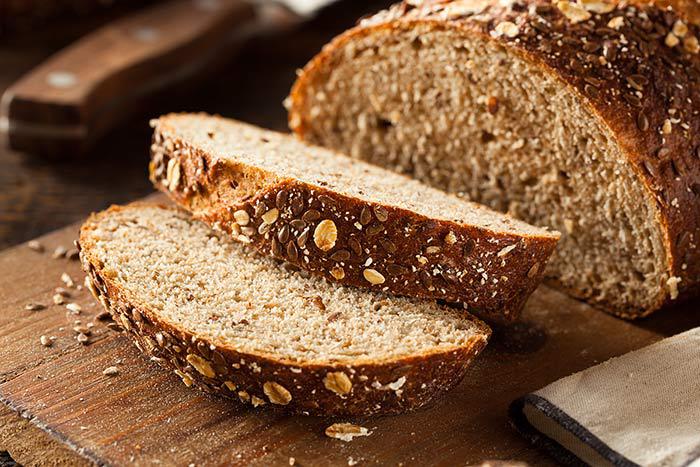
3. Eggs
Those plastic egg holders that came with your fridge? They’re not all they’re cracked up to be. Eggs should be stored in their original carton: it keeps them safe, slows moisture loss, stops them absorbing food odours and it means you won’t lose track of the best-before date. Fresh eggs should keep well for about a month in your fridge.
CHOICE tip: Check if your eggs are still good enough to eat by placing in a small bowl of water. If they sink or lay on their side at the bottom, they’re good to go. If they float, you should throw them away (older eggs will float as as they’ll form pockets of air).
4. Flour
Decant your flour from the packet and store it in a large, airtight container that your cup measurement will fit through. A container with a screwtop lid is preferable, but any well-sealed lid will work. This will help prevent nasty weevils accessing your baking stash. Some people also swear by their anti-weevil method of adding a bay leaf to your flour.
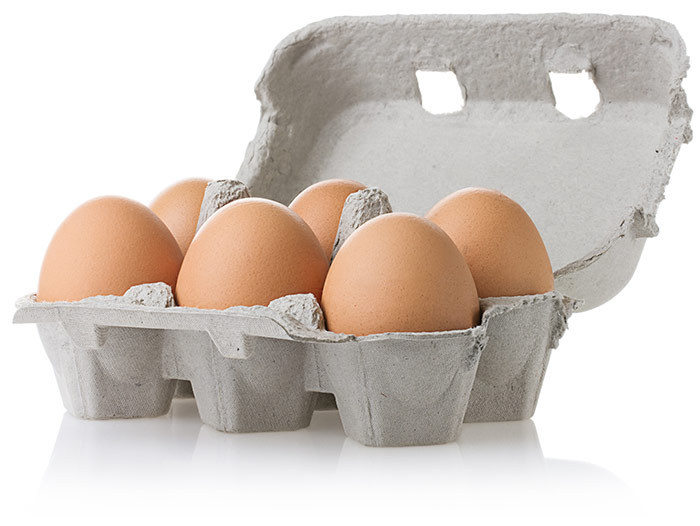
5. Butter and cheese
If your fridge has a dairy compartment, then use it – it’s slightly warmer than the rest of your fridge so your butter will be easier to spread.
However, if your aim is for your butter or cheese to last as long as possible, keep it in the main part of your fridge in an airtight container.
As for cheese, make sure it’s wrapped well (beeswax wraps are perfect) to avoid it being exposed to air and forming a hard, cracked surface. If this happens on a hard cheese (including if the surface has a little mould), it’s perfectly safe to just cut it off and eat the rest. You need to cut away at least 1–2cm from where the mould is, as it can sometimes extend further than where it’s clearly visible.
5. Meat and seafood
Meat and fish will keep for longer and stay in better condition if stored in your fridge at around zero degrees. This is a colder temperature than in your fridge’s main compartment, so store them in a chiller if you have one – it’s designed specifically for colder temperatures and isolates its contents, helping to prevent cross-contamination of bacteria and odours. Chillers also keep spills contained.
Don’t have a chiller? Then aim for the coldest part of your fridge. You can check where that is with a thermometer, but generally it’s the area at the back which is less susceptible to warm draughts when the door’s opened.
And consider freezing those steaks if you’re not going to be eating them in the next few days.
How long can I freeze chicken, pork and beef mince?
One of the best ways to make sure you’re not wasting meat is to pop it in the freezer. If you’re not going to use it within 2–3 days, wrap well in plastic, clearly label and freeze. To retain the best flavour and texture, you can freeze mince for up to 2–3 months although it will still be safe to eat if frozen for up to 6 months. Once thawed, you should cook it and eat it immediately.
7. Bananas
Are your bananas ripening and blackening too quickly? The best way to extend the life of your bananas is to buy them when they’re green and keep them separate from other fruits – placing them in the fruit bowl with other fruits will speed up the ripening process.
Even better, separate each banana and wrap the stem in plastic – this will stop the release of gases that cause ripening.
How to freeze bananas
If your bananas are blackening, either refrigerate or peel and chop them into slices, then transfer to plastic bags or containers for freezing. If you have a lot, freeze them first in a single layer on a lined tray before transferring to bags or containers (so they don’t stick together and freeze in unmanageable chunks).
You can pop frozen banana pieces straight into smoothies or defrost to make banana bread, pancakes or muffins. You could also try making banana pops for the kids: peel bananas but keep them whole and thread onto paddlepop sticks before freezing.

8. Tomatoes
“Tomatoes lose flavour when placed in the fridge,” says CHOICE’s home economist Fiona Mair. “I always keep my tomatoes in my fruit bowl or on the window sill. However, to ensure they last as long as possible, you should keep them separate from other fruits such as bananas, apples and pears. This is because they are sensitive to ethylene – the gas that accelerates ripening.
Make the most of your leftover tomatoes: how to roast tomatoes
If you want to make sure you get the most out of the batch of tomatoes you bought and they’re reaching the end of their fresh life, you can roast them to create a delicious pasta sauce that’s great for freezing.
Just slice and spread on baking tray, then drizzle with olive oil and add some peeled garlic. You can also add any herbs you have such as rosemary, thyme or basil. Roast at 180°C for about 15–20 minutes for smaller cherry or grape tomatoes, or around 45 minutes for larger tomatoes.
Blitz into a sauce with a stick blender or food processor then freeze in plastic bags or containers. Defrost and reheat to stir through cooked pasta for a quick and easy dinner.
9. Apples
Your apples will last longer if you store them in the fridge. Placing them in a plastic bag in the fridge helps retain moistness and stops them shrivelling. If you prefer eating apples at room temperature, move a few from the fridge to the fruit bowl each day. Apples do not freeze well, so if you bought too many apples and want to use them up before they spoil, here are some ideas:
- Shred or finely chop and add them to a slaw that’s perfect for sandwiches or burgers. Mix with shredded cabbage, carrot, spring onion, mayonnaise and lemon juice. Perfect for sandwiches.
- Make stewed apple: chop green or red apples into pieces, then add to a saucepan. Toss with a little bit of sugar and lemon juice then cover with water. Bring to the boil and simmer for 10–15 minutes or until the apple is cooked and pulpy. Mix until smooth then serve with granola, ice cream or on its own. Keep refrigerated for up to 2–3 days.
- Bake into an apple pie or apple crumble.

